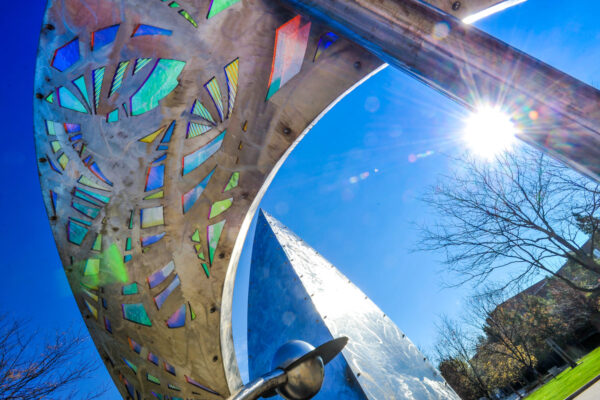The Impact of Second Chance Pell on Higher Education Access in Prisons
Title: Second Chance Pell: Six Years of Expanding Higher Education Programs in Prisons, 20162022
Authors: Niloufer Taber and Asha Muralidharan
Source: Vera Institute of Justice
Started by the U.S. Department of Education (ED) in 2015, the Second Chance Pell Experimental Sites Initiative (SCP) was designed to explore the relationship between incarcerated peoples’ access to need-based financial aid—namely Pell Grants—and their participation in higher education programs in state and federal prisons. A new brief by the Vera Institute of Justice offers an update on the initiative’s significant impact and utilization.
Currently, 200 colleges participate in the SCP initiative, serving nearly 41,000 incarcerated or formerly incarcerated students across 48 states, Washington, DC, and Puerto Rico. On July 1, a new law passed by Congress in 2020 lifted a 26-year ban on Pell Grants for people serving time in prison, which was estimated to allow hundreds of thousands of more potential students to apply for aid. ED announced in May that colleges and universities participating in Second-Chance Pell pilot program could apply for a waiver to let them continue operating programs in prison for three years.
Vera surveyed 75 higher education institutions that have participated in SCP and found a number of positive impacts.
Enrolled students described experiencing identity development, knowledge acquisition, skill-building, and self-actualization as a result of their participation. Participants’ newfound knowledge, skills, connections, and credentials made them more competitive in their post-release job search, benefited their families, and can facilitate social mobility. Participating students also showed lower rates of recidivism; specifically, they were 48 percent less likely to return to prison than non-participating students.
The survey found that prisons that served as SCP sites reported fewer violent incidents than prisons without them, offering “safer working conditions for staff and safer living environments for incarcerated people.” Also, as SCP lowers recidivism, it reduces overall incarceration and its associated costs: “Every dollar invested in prison-based education yields more than four dollars in taxpayer savings from reduced incarceration costs.”
Additional findings include:
- No lasting effects of the COVID-19 pandemic: Both SCP enrollment and completion rates rebounded in 2021-2022, with over 13,000 students enrolled and nearly 3,000 educational degrees and certificates completed. Seventeen participating colleges returned their SCP programs to in-person, face-to-face instruction despite initially indicating they would continue pandemic-initiated synchronous distance or hybrid modalities.
- Impact of FAFSA Simplification Act: All but one institution surveyed intend to transition their SCP program to a Prison Education Program as outlined in the Free Application for Federal Student Aid (FAFSA) Simplification Act, which expands Pell Grant eligibility to “as many as 767,000 people” in federal and state prisons.
- SCP student demographics: Despite SCP increasing higher education access to incarcerated student populations, racial and gender disparities in enrollment and completion remain persistent, particularly for Hispanic/Latino students.
To read the full brief, click here. For more coverage on Vera’s longitudinal examination of Second Chance Pell, click here.
—Alyssa Stefanese Yates
If you have any questions or comments about this blog post, please contact us.


